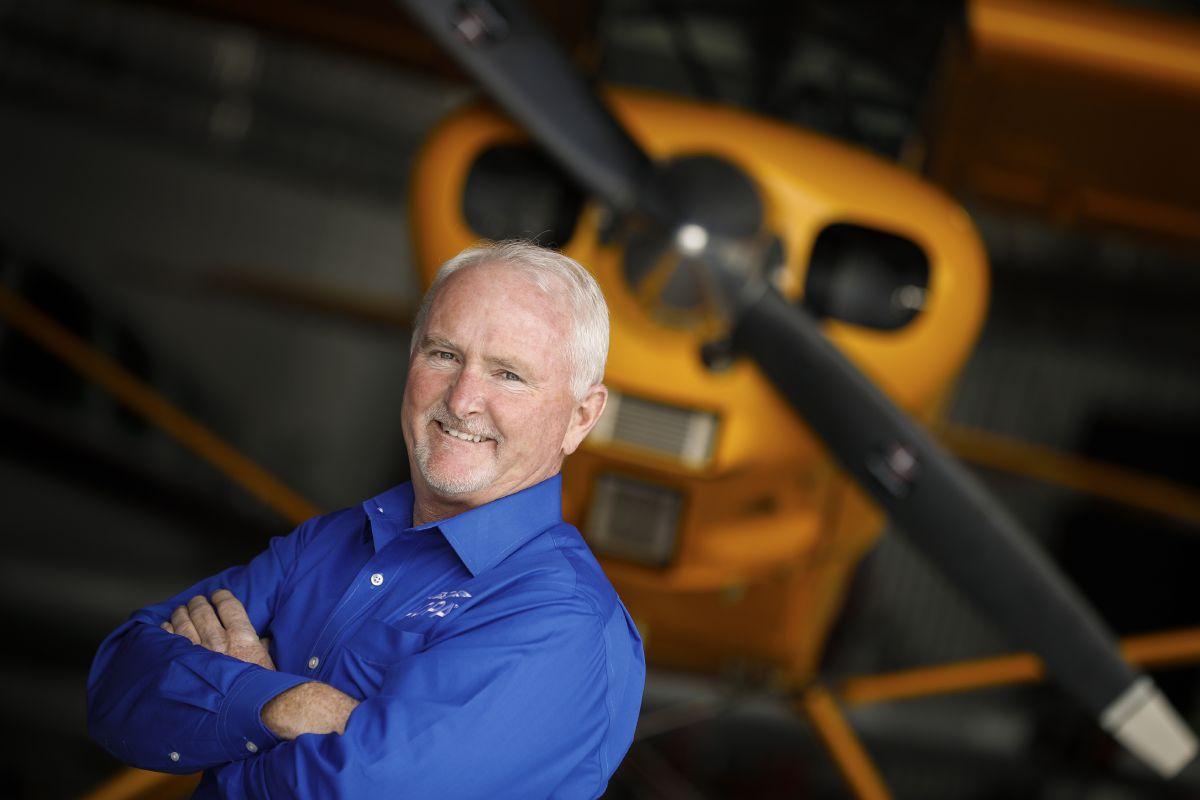Viewpoint: Making Our Industry Stronger in the Long Term

Though it seems like a lifetime ago, air travel in 2019 was at an all-time high, making events of the last year seem even more dramatic and alarming. Today, the public’s perception of aviation conjures up tales of airline woes, news media images of desolated terminals, and commercial pilots lamenting the latest round of layoffs. And while commercial air travel has gone from a standstill to an incremental uptick, recovery to pre-pandemic levels will take some time. However, the story is quite different for general aviation.
The sector that I represent is, indeed, faring well. Individuals and business owners have a greater appreciation for the flexibility and convenience of flying private--whether in their single-engine piston or twin turbine.
While the airlines continue their slow crawl back to pre-pandemic figures, the lighter end of general aviation has thrived in the last year--for both practical and safety reasons. We are seeing ops numbers up as much as 20-30% year-over-year at the top 77 airports as measured by the FAA. In fact, there are some days in which we see more Cessna 172 in the air than 737s. The nation’s 5,000 public-use airports are open for business, while airlines continue to cut routes and destinations. For those who simply want a better way to get from A to B, general aviation is the smart answer.
This is promising news for the business and owner-flown turbine markets, as our fortunes are intertwined. Together, we will succeed.
That’s not to say we don’t have our fair share of issues. I receive calls every day from pilots, flying themselves or on behalf of a business, who are receiving threatening correspondence from the FAA, are frustrated with response times, not knowing where their medical applications are in the process and confused about who to contact at the FAA. There are many issues to address, and AOPA is on the front lines for all of us, on Capitol Hill and in regions across the country.
I’m also heartened about a recent meeting we held with the FAA’s new Federal Air Surgeon. Coming from a family of aviators and a private pilot, herself, Dr. Susan Northrup and her deputy, Dr. Brett Wyrick, have pledged to work with AOPA and the industry to iron out medical administrative and process issues that have been a source of frustration for the general aviation community for years. Frankly, I’ve had more productive conversations with that office in the past 60 days than I had in the previous two years.
Whether flying Part 135 or for the carriers, we all had to start somewhere, and more often than not, it was in the cockpit of the 172 or similar single-engine airplane. And even though the airlines and the larger-jet market have taken a hard hit, the longer-term forecast is bullish. In fact, according to the latest Boeing Pilot and Technician Outlook, more than 763,000 pilots will be needed to fill the left seat over the next 20 years, including nearly 570,000 in North America, alone.
Job posting activity remains active and growing, compared to the third and fourth quarters of last year. Sectors such as helicopter, general aviation, cargo, flight training and corporate aviation remain strong. Additionally, job-seeking activity is showing a strong increase for maintenance technician positions, corporate pilots, medical evacuation specialists and certificated flight instructors.
I’ve also seen some recent reports of a strong business aviation market, with a major aviation job board stating a record number of job postings and increased web traffic from job seekers. A recent article in The Economist also cited a report that predicts a full recovery by the business jet market in 2021.
Learning from this pandemic is what will make our industry stronger in the long run. If there’s one thing we can count on, it’s that this industry is resilient, and every corner will bounce back.
Mark Baker has served as president and CEO of the Aircraft Owners and Pilots Association (AOPA) since 2013. He has logged more than 10,000 hours of flight time in a range of aircraft--including helicopters, turbines and seaplanes.




